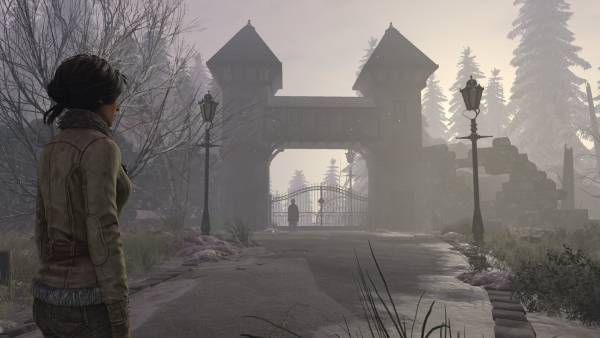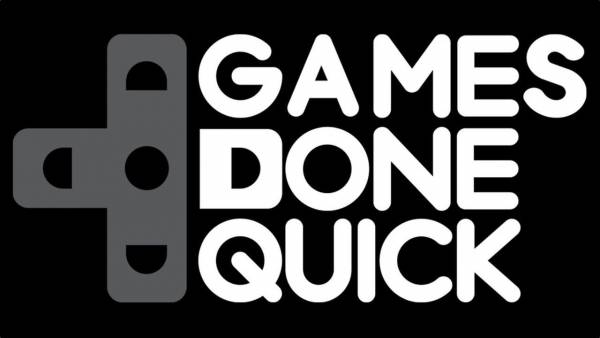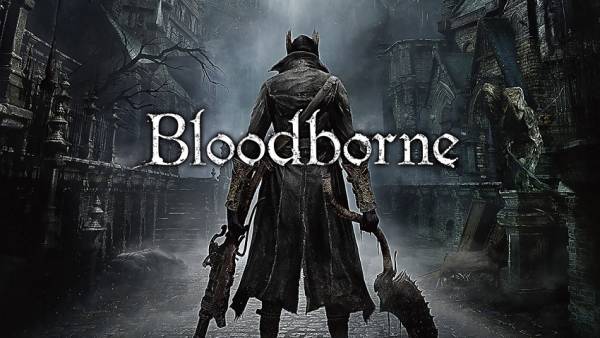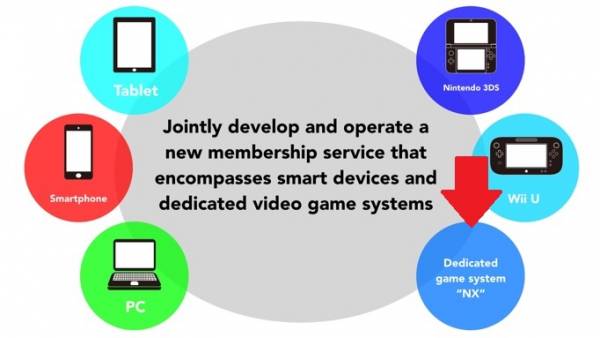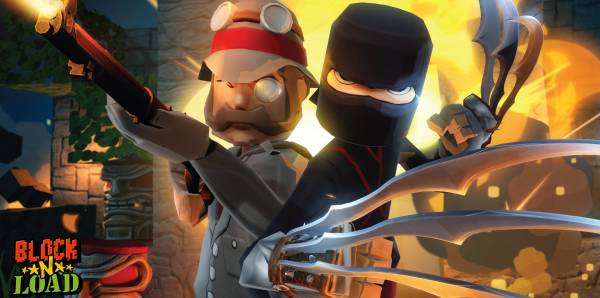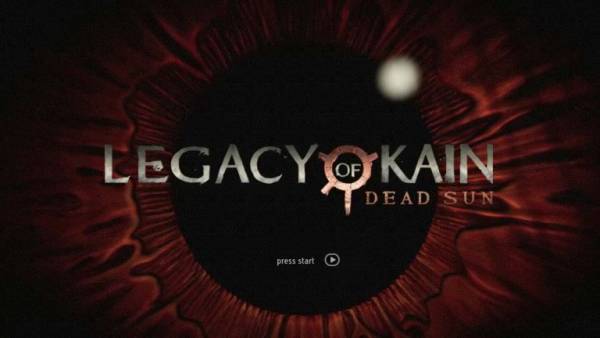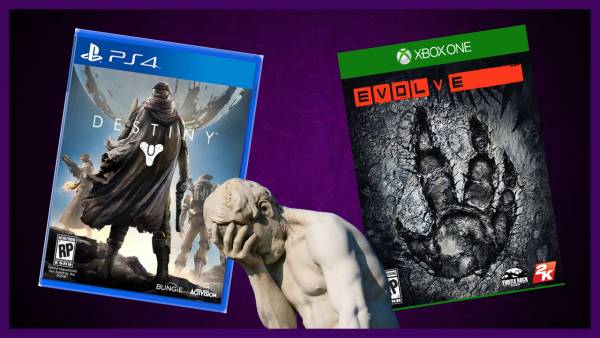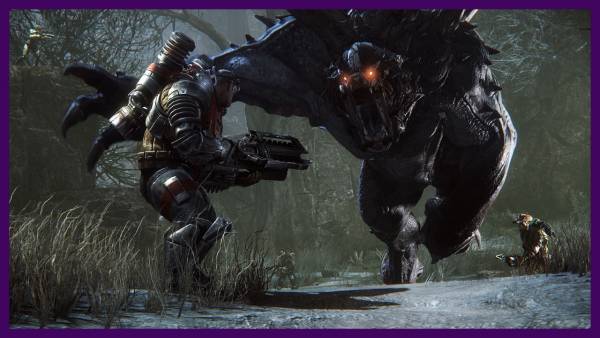During playing the opening hours of Stoic’s The Banner Saga during our preview, I fell in love. The art direction looks almost effortlessly beautiful and the world had my immediate attention. It shied away from fantasy cliché, with no frozen dwarves, elves or goblins in sight. That was what I thought anyway, until the plot eventually reaches a point where it becomes a Bioware game. This may sound like a negative, and to a certain degree it is in this context, but give me a moment to explain before you think I hate the Canadian developer.
(This article will attempt to stay away from major Banner Saga spoilers, but those who want to go in pure should turn around now. I will be using vague terms, but I will be touching on a major midgame event.)
Centring your story around some grand returning evil is a great way to quickly form a back story, as well as setting up the power of an antagonist without having to spend too much time lingering on it in gameplay. They almost destroyed the world once you say? They must be one massive bad-ass.

Me, Take Over The World? I Wouldn’t Dream Of It!
Bioware loves using this concept. There was Master Li in Jade Empire, both the Geth and the Reapers in Mass Effect, and the Old Gods in Dragon Age. All three are reoccurring threats that disappeared into the sea of time, only to unluckily reappear during your characters life time. The fine points may change, some are forgotten and others dominate the worlds culture, but the premise of uniting to smite this tyrant/god/robot/squid-thing is pretty much the same.
Occasionally Bioware have messed with this formula, with Star Wars: Knights of the Old Republic offering the most notable example. You were the returning evil, you were Darth Revan, Dark Lord of the Sith. Not only was this a fantastic subversion, but it is arguably one of gaming’s most shocking reveals.
Now come back to the present Day. Stoic, a studio founded by three ex-Bioware devs, release The Banner Saga. Without giving too much away, it is a story of loss, kinship, and finality. You trudge across the frozen wastes, attempting to outrun the ever-present Dredge, a race of unnatural stone beings that already pushed the world to the brink once. A returning race of poorly understood beings? This sounds like the Geth/Darkspawn, but The Banner Saga is meant as part one of a trilogy, having this one race as the main antagonists would get boring.

Add More Stone Plates And He Has A Bit Part As A Dredge
Well, with a second spoiler warning here, they really aren’t. Part-way through the game you learn of a much larger threat, much like you first meeting Sovereign on Virmire, or Master Li’s revealing his true role in ending the great drought. I won’t go into specifics here, but rest assured there is something coming, something prophesied from a very long time ago that we all forgot about, just like the Reapers.
As said before, this isn’t really good or bad. It isn’t bad because by the end of the planned threesome of Banner Saga titles everyone will unite, the world will be saved, and people will like it more than the one at the end of Mass Effect 3. It also isn’t good for exactly the same reason, we have seen it before.
This shouldn’t be taken as a reason not to play The Banner Saga. Although the wrapping is a bit stale, the lore and characters are charming and deep. For £20, it is an engaging experience that packs in more tense and emotional moments in 12 hours than most long-running games franchises.
If this story framework is so over-used then, why hasn’t it bothered more people? Narrative dear boy, narrative! Even though many lump narrative and story in as synonyms of one another, they really aren’t. The later is the story, where as the former is how it is told. Think of it as the same problem many had with Avatar, Dances with Wolves and Pocahontas; The same story, just told in different ways. In the majority (read ALL) Bioware games, you are that one special little guy who can lead to the downfall of all the plans. With The Banner Saga, you mostly just fall through the plot, running from one problem to another, across multiple protagonists. Multiple angles and points of view are established, and gives you a better understanding of every character, much more than you get from talking to Ashley Williams about her space-racism.

She Isn’t Xenophobic, She Just Wants Them To Go Back To Where They Came From
It does raise a possible issue though. Why do western developers feel like they need to rely on this cliché? JRPG’s don’t really have this issue, there is a plethora of more varied villains than “returning/prophesied evil dude”. There are twisted court jesters(FFVI), heads of state wanting to free humanity from the grip of immortal beings (FFXII), mystical beings dead set on fulfilling humanities desire to destroy itself (Persona 3 + 4), and grand masterminds wanting to control the hearts of man (Kingdom Hearts). Say what you will about the gameplay, but Japan at least has the ability to write evil in a variety of forms. Western devs would rather stick with affably evil world-enders.
If you want people to give a damn about seeing your game through to the end in the best way possible, make your villian ooze charisma. Make me want to kill them, and you could drag me through almost any form of boring gameplay. Give me something I have seen before though, and I may not want to stick around to see where it all goes, unless you tell it cleverly. I’m not the only one who plays games for a story like this. We want something new, or at least something old told in a new way. So if we could go move away from the tried and tested Bioware formula, it would be greatly appreciated. They didn’t create it, but they took it, ran with it, toyed with it, ran with it some more, and now I’d like to see if they, and by extension others, could do more.
